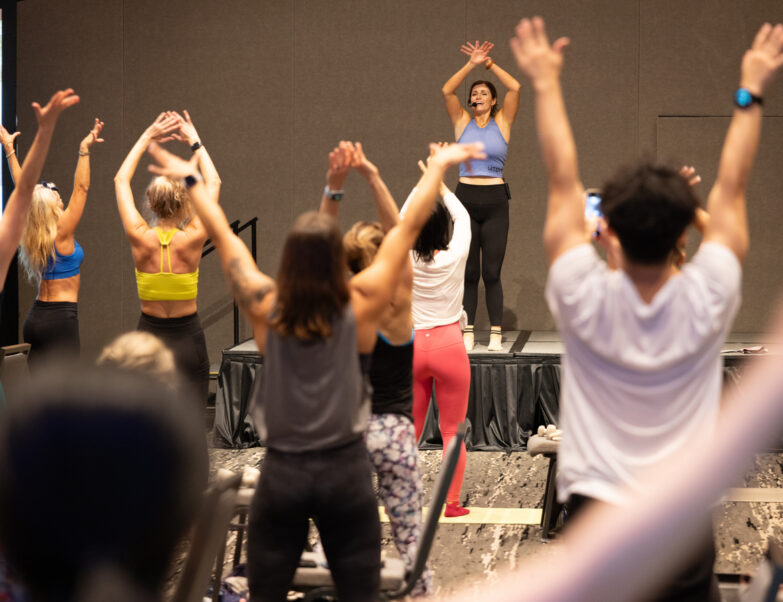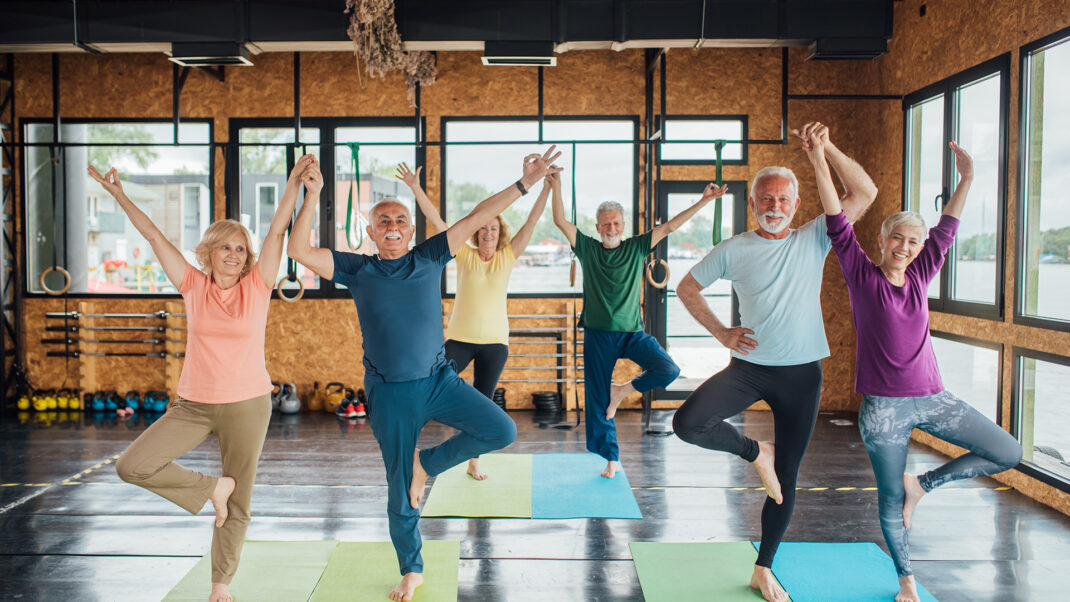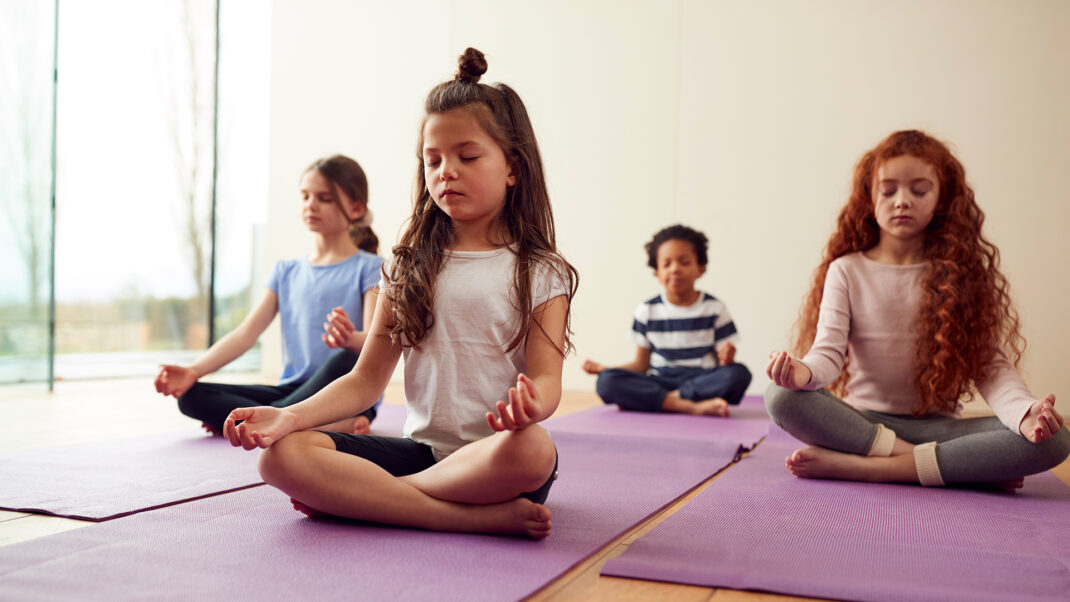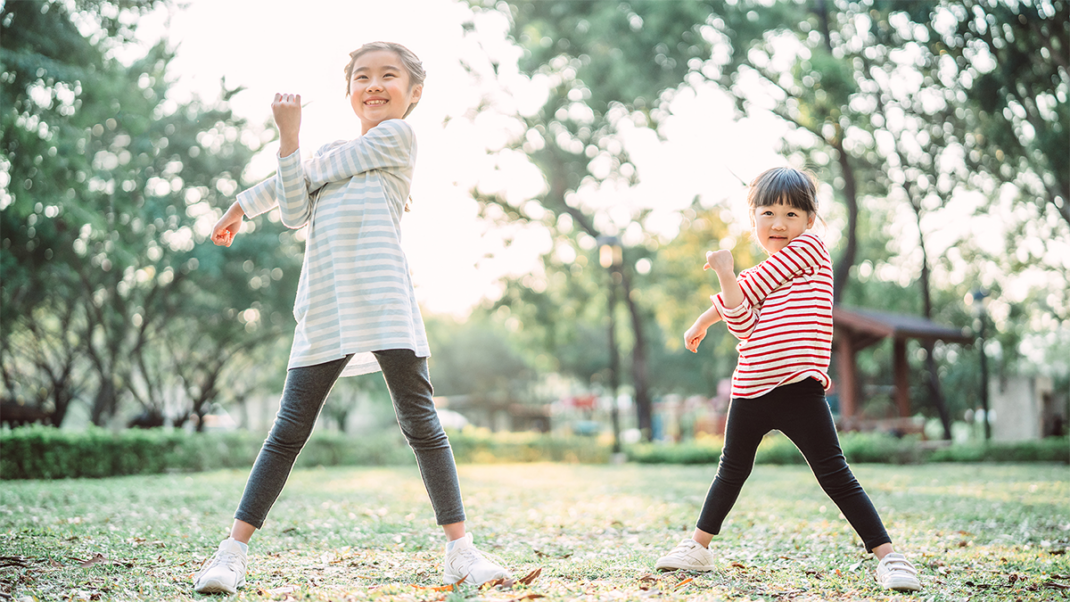Exercise for Young Athletes

General Preparation
Many parents want to improve a child’s skills specific to one sport. However, when you consider the different physical capabilities—strength, balance, coordination, power, visual perception, etc.—that combine to create athleticism, sport-specific training for youth is a ridiculous notion. A study by the American Academy of Pediatrics (AAP) found that young people who participated in a variety of sports and other activities prior to puberty were more consistent performers, had few injuries and had longer athletic careers (AAP 2001). Regardless of the sport your child chooses to play, he or she will need to be proficient in the capabilities mentioned above in order to advance his level of play and learn positive exercise habits.
It’s easy to confuse sport skills and general preparation. Every sport has a specific set of tactical skills. In soccer, for example, you must be able to dribble, pass, trap the ball and shoot. These skills, however, are made up of more general physical capabilities—such as strength, coordination, balance and mobility—that aid in creating overall athleticism. If you focus training primarily on a specific skill set, you ignore the important foundations of that skill set. You can’t build a skyscraper from the top down. Like any structure with a poor foundation, training that skips the basics is bound to have problems down the road.
When to Go Specific
As your child becomes proficient in basic abilities, you can introduce more specific skill sets. For example, a young or physically inexperienced child should begin with movements that require very general physical abilities. Good choices include exercises and games that require skipping, marching, hopping, grasping, crawling, climbing, rolling, catching, throwing and kicking (Drabik 1996; Grasso 2005). When your child can accomplish these tasks well, it’s time to move on to more specific preparatory activities, such as running, resistance training exercises (beginning with body weight), sustained cardiovascular exercise and other related athletic drills. Once the child has mastered these skills, you can maintain constant improvement by increasing and manipulating load, resistance and criteria for success.
A well-designed youth-exercise program should be based on improving a variety of physical skills in a positive, engaging environment. The actual skills involved depend on the child’s mental and physical developmental level, preparedness and proficiency. (A personal trainer can develop an individualized program for your child. See www.ideafit.com/fitnessconnect to find trainers in your area.)
If your children do not play sports, it can be challenging to get them moving. Use these strategies to encourage activity.
1. Let kids get dirty. Doing “clean” activities is not as interesting for children. A little dirt when they’re young beats heart disease when they get older.
2. Play with them! Go outside and show kids games you played when you were young. When their friends are over, set up a “tournament” with a made-up sport or activity. If they enjoy it, they’ll do it when you’re not around.
3. Have rules about electronics. For example, stipulate “no video games or television until after dark.” Keep electronics out of kids’ rooms. This forces youngsters to find things to do instead of lounging around.
4. Don’t allow the phrase “I’m bored” in your house. Kids are becoming accustomed to being entertained. This requires no imagination on their part. If they say they’re bored, give them chores to do. They will pretty quickly find an alternative to being bored!
5. Foster an active culture at home. If you go to work and then come home to sit around, so will your kids. If you exercise for the sake of fun, so will your kids. If you exercise only to lose weight and kids exercise only to get a college scholarship, exercise becomes work, not a lifestyle.
References





